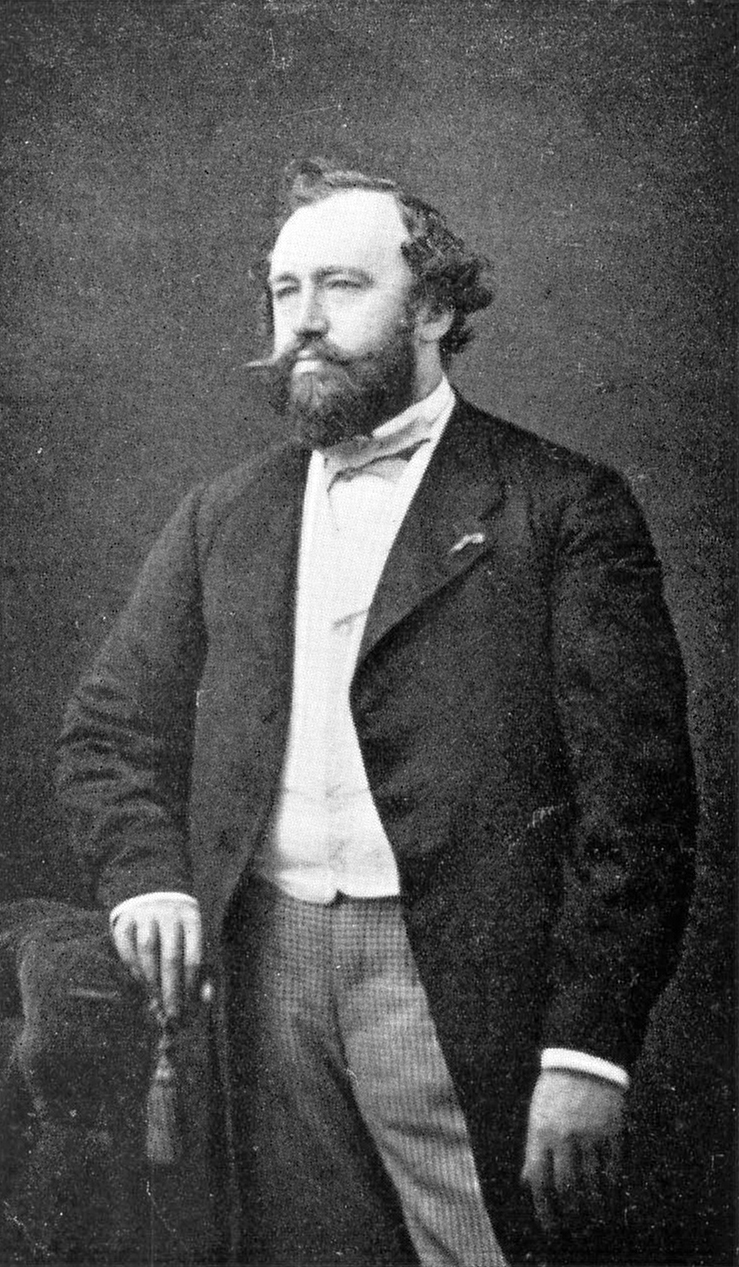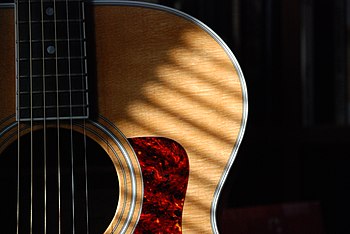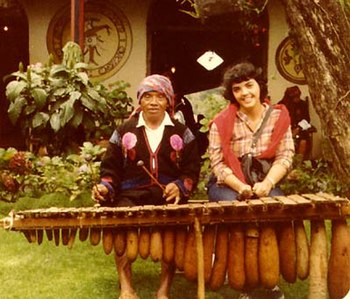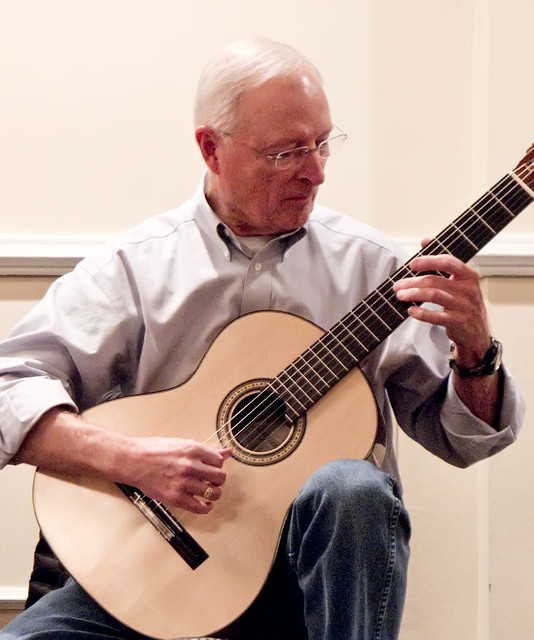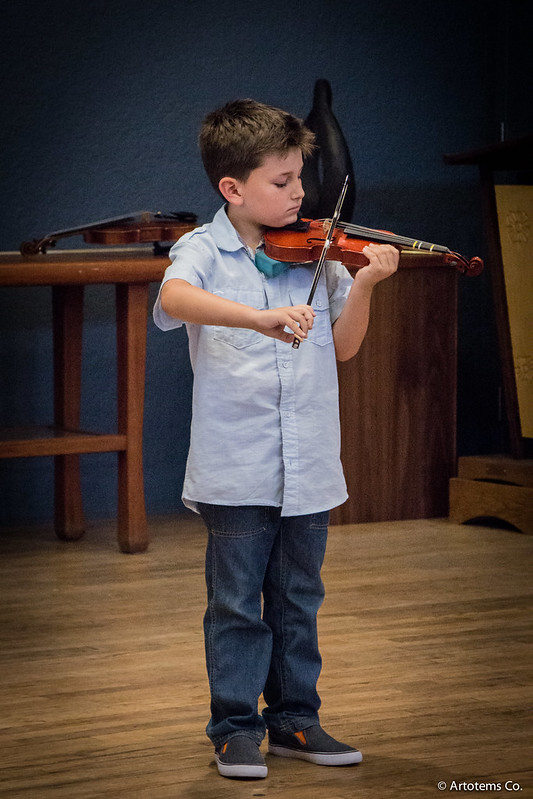Penelope Jean - Publicist, TV Entertainment Analyst, and Booking Agent (Photo credit: Wikipedia)
In the world of the music business, there are true singers who sing and singers who don’t, along with talent booking agents who book and those that couldn’t sell cotton candy at the circus. Is it drive, talent, or a mystical combination of “factors” that create singers and talent booking agents, or is it yet the pure unexplainable? Let’s look at some factors in this article as singers, looking to further their careers, try to find suitable representation.
As a former talent booking agent with the William Morris Agency, I can tell you that there are many factors that determine both effective agents and marketable singers and artists. While there are many explainable factors, there certainly is the element of luck, the right place at the right time and the “Who knows, it just happened,” phenomenon. Let’s start with what we can determine and hopefully, you will gain some insight into what effective booking agents look like and your securing one of them.
To begin with, there are many calibers of booking agents out there. As I’ve outlined in a previous article on booking talent, that you can find at ReelMusician, there is the order taking agents who book mainly headline acts, the agent who started in some agency somewhere and who branches out starting their own agency booking more of the “has been” acts and the lowest, but not always the least on the totem pole agents. These agents are usually friends of the artist or a manager looking to push their act before a major record deal signing, etc.
With each agent level comes a different approach. The order taking agent, with the larger well-known talent agencies, isn’t going to be interested in your act unless there are interest and ongoing courting from a major record label. These agents take the “baby” acts and use leverage, with promoters who want the headline act, into a must take the baby act as well deal – And most promoters don’t have a problem and understand that this is part of the deal when playing in the big boys club. Unless you have a record deal or are very appealing and are drawing some interest from the labels or a big-time manager, you won’t find yourself behind the desk of one of these agents. If you are trying to approach the agent at the top of the pyramid, you must recognize that image, packaging, appeal, and your knowing and talking the game to a tee, and not in artsy-fartsy language, is going to be key.
I recommend that you really have your act together and don’t even begin to bother these individuals, not that they’re necessarily the best agents in the game, but certainly have more power and influence from position alone, before approaching them. Your artist bio, pictures, artist demos have to look like there label ready. And before that, you really need to have a manager and a manager working on securing an agent on your behalf.
Again, many more articles on this and other topics can be found at ReelMusician. So, unless you really have your act together, with management in place, don’t bother wasting yours or the agent’s time.
The next level down the agent totem pole will not only be easier to gain access to but easier to gain representation from. The middle line agents are hard-working agents who make their bread and butter on the older, end of the product or market shelf life acts. These acts, because of name recognition, can make these agents a significant income. You will have to prove to this agent that you will not take up any more time than any other activity that they are promoting. Why should they spend all of their time trying to book your act with nothing or little in return? This is a key question. Ask yourself, as an agent, what do I get out of this? - Phone bills and mailing costs or am I going to see a valid positive cash flow return on all of my time expended on this act? I want you to think about that question and reflect. This alone will help you not only relate, converse knowing their difficulties in booking but ultimately help you secure a booking agent.
In the game of booking, you as an artist have to have something more than “hip and cool” and a “new” artist sound, but you have to be able to present to the seller, that being your agent, that he or she has something of value to sell with minimal headaches. You can’t possibly begin to imagine how hard it is to book some acts – when you start booking your own shows, with vested interest I might ad, you begin to touch on the realities of the agent’s day to day barrage of booking complexities. So begin to compile a mental list of positive booking attributes that you or your band can bring to the table.
As you look at either contemplating a manager, or a serious friend who wants a try at booking and management of your act, try to be reasonable in your business relationships. I’ve said it before, that everyone wants to be a star, but nobody wants to help pay for it. For the most part, artists just expect that booking agents and managers will pick up the exhaustive phone, mailing and press kit bills. You might inquire, if you are really serious about securing a business team, about helping out with some of the initial start-up costs trying to land your act on the map. It takes a tremendous amount of energy and money and just your willingness to help out alone, will tell a manager or booking agent that you are serious and not just “takers.” This alone, even if they decline the financial help, may be the key in determining the start of a successful relationship.
In closing, in order for you to succeed, you must remain in front of the masses and this is done not so much musically, but in your day to attitude and business focus and with your professional and well laid out blueprint for success. Feel free to contact us at the contact numbers that follow.


